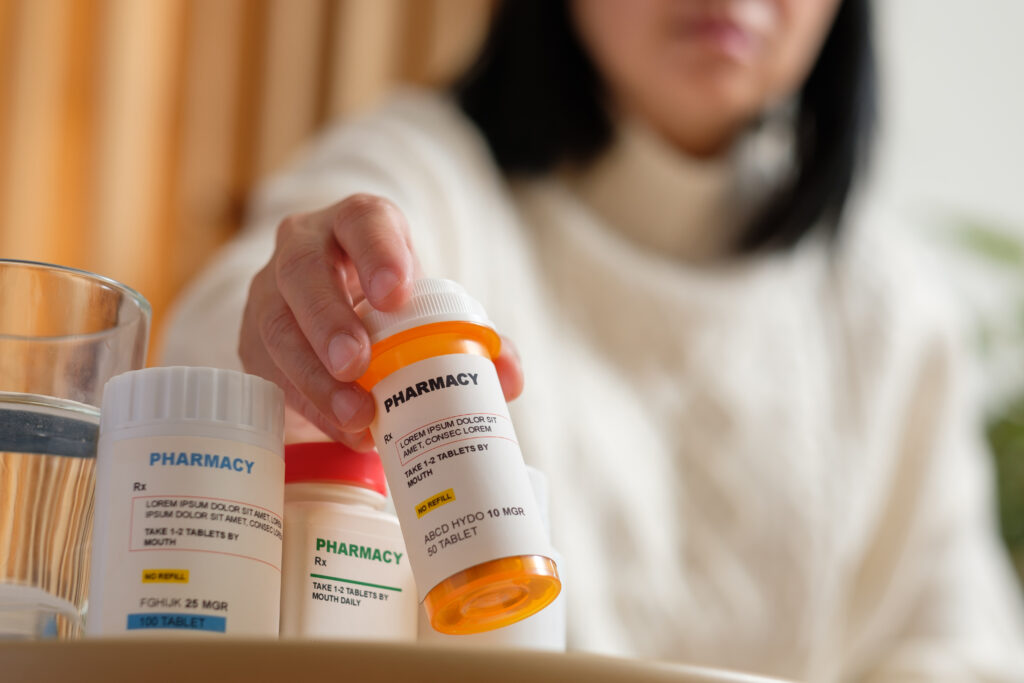
Sixth Circuit to Relators: “Incident To” Isn’t Incidentally Fraud
The U.S. Court of Appeals for the Sixth Circuit has handed the False Claims Act (FCA) bar another lesson in humility – and perhaps prompted
Medicare beneficiaries are likely to reap some benefits from the new legislation.
The Inflation Reduction Act is a topic that is different from what I usually cover because I expect little impact on providers but significant impact on Medicare beneficiaries. But let me start with some basics about this legislation. The Senate bill passed 51-50 with Vice President Kamala Harris breaking the tie. The House has accepted the Senate changes.
This is a genuinely ambitious project spanning many years. Although some parts are to be implemented as early as next year, others are delayed as long as 2030. An eight-year timeframe in healthcare is extraordinary—bordering on absurd.
Future changes, or even revocation of this legislation, is entirely possible since after 2024 this legislation will be subject to the results of another presidential election and possibly executive branch turnover.
As, I mentioned, this legislation seems neither intended nor expected to have significant impact on providers beyond the possibility of providing better medication management and reduced pharmacy costs.
At this time benefits are expected to accrue to three groups:
Here is what the bill includes. Perhaps most important, the bill explicitly obligates the secretary to negotiate prices for certain drugs. As listeners know, U.S. Department of Health and Human Services has not previously enjoyed the ability to negotiate pharmaceutical prices.
The negotiation-eligible drugs will include those recognized as among the 50 highest-spend drugs from Parts B and D. But before we get excited about price controls and better access the program starts very slowly with a whopping ten negotiation-eligible drugs for 2026 and 15 for 2027. Once the secretary selects the negotiated drug and prices the maximum fair price will be published. This sounds good but 2026 is a long way and another presidential election off.
Next, this bill prevents escalation of drug prices at a rate greater than inflation. If we look at Humalog, a well-known insulin, a medical journal from 2020 reported a cost $21 in 1999 increasing to $332 in 2019 — an increase of well over 1,000 percent. That kind of increase is really only welcome in our retirement portfolios.
All this sounds great, if ambitious, so what could possibly go wrong? In reality, the impact is hard to assess until we see the regulations from the secretary to implement this legislation. Since this involves big pharma there could be significant pushback from the industry. Much of the secretary’s calculations and determinations are immune to administrative and judicial review so we’re unlikely to see a spectacular court battle. But that only means that pharma will find other ways to push back.
The legislation also does not cover two important contributors to healthcare expense. It does not address the impact on insurance premiums and there are no protections for employer sponsored or marketplace plans.
I’m hopeful that this is the start of meaningful healthcare finance reform.





The U.S. Court of Appeals for the Sixth Circuit has handed the False Claims Act (FCA) bar another lesson in humility – and perhaps prompted

Following the U.S. Supreme Court’s unanimous 2022 decision striking down the Centers for Medicare & Medicaid Services’ (CMS’s) differential 340B payment rates, providers faced a
Please log in to your account to comment on this article.

Sepsis remains one of the most frequently denied and contested diagnoses, creating costly revenue loss and compliance risks. In this webcast, Angela Comfort, DBA, MBA, RHIA, CDIP, CCS, CCS-P, provides practical, real-world strategies to align documentation with coding guidelines, reconcile Sepsis-2 and Sepsis-3 definitions, and apply compliant queries. You’ll learn how to identify and address documentation gaps, strengthen provider engagement, and defend diagnoses against payer scrutiny—equipping you to protect reimbursement, improve SOI/ROM capture, and reduce audit vulnerability in this high-risk area.

Only ICD10monitor delivers what you need: updates on must-know changes associated with the FY26 IPPS, including new ICD-10-CM/PCS codes, CCs/MCCs, and MS-DRGs, plus insights, analysis and answers to your questions from two of the country’s most respected subject matter experts.

This third session in our 2026 IPPS Masterclass will feature a review of FY26 changes to the MS-DRG methodology and new technology add-on payments (NTAPs), presented by nationally recognized ICD-10 coding expert Christine Geiger, MA, RHIA, CCS, CRC, with bonus insights and analysis from Dr. James Kennedy.

This second session in our 2026 IPPS Masterclass will feature a review the FY26 changes to ICD-10-PCS codes. This information will be presented by nationally recognized ICD-10 coding expert Christine Geiger, MA, RHIA, CCS, CRC, with bonus insights and analysis from Dr. James Kennedy.

Federal auditors are zeroing in on Inpatient Rehabilitation Facility (IRF) and hospital rehab unit services, with OIG and CERT audits leading to millions in penalties—often due to documentation and administrative errors, not quality of care. Join compliance expert Michael Calahan, PA, MBA, to learn the five clinical “pillars” of IRF-PPS admissions, key documentation requirements, and real-life case lessons to help protect your revenue.

During this essential RACmonitor webcast Michael Calahan, PA, MBA Certified Compliance Officer, will clarify the rules, dispel common misconceptions, and equip you with practical strategies to code, document, and bill high-risk split/shared, incident-to & critical care E/M services with confidence. Don’t let audit risks or revenue losses catch your organization off guard — learn exactly what federal auditors are looking for and how to ensure your documentation and reporting stand up to scrutiny.

Learn how to navigate the proposed elimination of the Inpatient-Only list. Gain strategies to assess admission status, avoid denials, protect compliance, and address impacts across Medicare and non-Medicare payors. Essential insights for hospitals.

RACmonitor is proud to welcome back Dr. Ronald Hirsch, one of his most requested webcasts. In this highly anticipated session, Dr. Hirsch will break down the complex Two Midnight Rule Medicare regulations, translating them into clear, actionable guidance. He’ll walk you through the basics of the rule, offer expert interpretation, and apply the rule to real-world clinical scenarios—so you leave with greater clarity, confidence, and the tools to ensure compliance.
Happy National Doctor’s Day! Learn how to get a complimentary webcast on ‘Decoding Social Admissions’ as a token of our heartfelt appreciation! Click here to learn more →
CYBER WEEK IS HERE! Don’t miss your chance to get 20% off now until Dec. 2 with code CYBER24